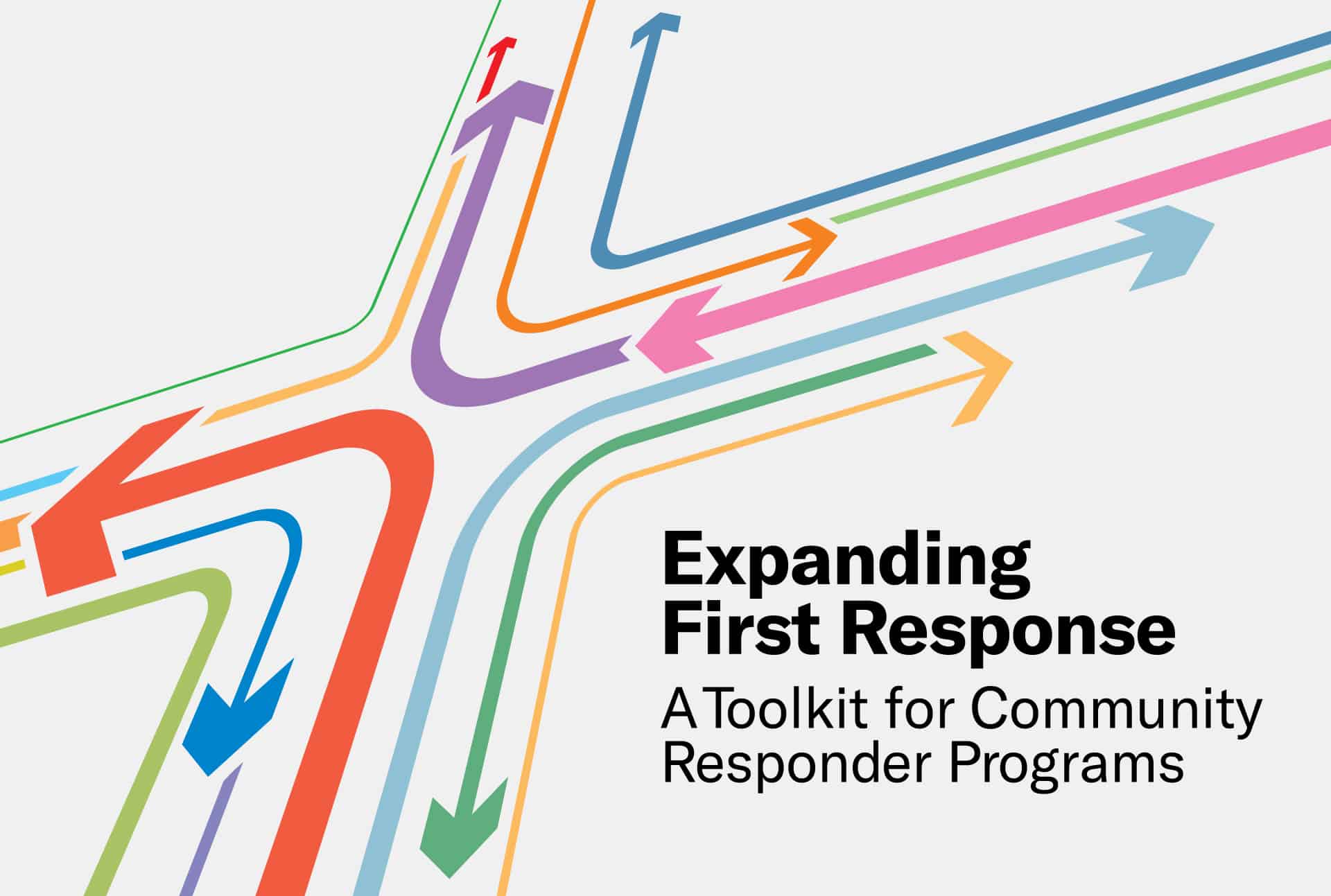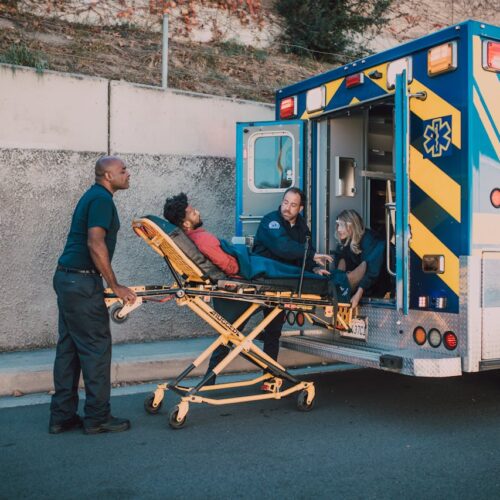
Obtaining Buy-in from Local Officials for Community Responder Programs
Successful community responder programs—teams that position health professionals and community members trained in crisis response as first responders—will involve stakeholders early and often. These programs typically provide immediate assistance for people experiencing behavioral health crises (i.e., mental health, substance use, and overdose crises), conduct wellness checks, help people with housing needs, and more. However, they can be challenging to implement because they require buy-in from local elected leadership, law enforcement, fire and emergency medical services, emergency communications, service providers, and community members. This article outlines key strategies and tips to obtaining support for the program from local leaders.
Identify the Key Officials Who Need to Buy In
While local and elected official support is critical to the success of a community responder program, people seeking to implement one in their jurisdiction should be aware of challenges they may have to navigate. These can include questions regarding funding—particularly if the jurisdiction is experiencing budgetary constraints—and concerns from emergency dispatch personnel who are used to working with existing first responders. Program advocates must identify and be prepared to make a case to officials who, at times, serve as gatekeepers to accessing resources and support. Three key areas that can help them identify officials and obtain buy-in include:
- Funding: Important funding officials are the mayor’s office, city manager, city budget office, and city council. At the county level, stakeholders include the county executive, county manager, budget office, and county commissioners.
- Law Enforcement: Since the model relies on changing the status quo in police dispatch, there could be opposition from people currently handling emergency calls. Within the police department, it is important to have support at the executive level, as well as from dispatch supervisors, union representatives, and mental health or other co-responder teams.
- Other Emergency Personnel: Other influential stakeholders include groups already working with police, such as the fire department, emergency medical services (EMS), behavioral health providers, and housing service providers. Often, these stakeholders have already created alternative models that overlap with the goals of the community responder model.
Once the key people to engage have been identified, it is then important to learn more about the officials to prepare for the meeting.
Six Key Tips for Meeting with Officials:
- Identify Local Champions: The program should be presented by people or organizations that local elected leaders already know and trust or that bring key expertise. For example, when reaching out to police, it may help to have support from law enforcement who can speak credibly to their potential concerns, such as cost or public safety. It is also important to involve community members in both planning and presentation so that local officials see the program as guided by community members and responsive to community needs.
- Ask About Existing Resources: Discuss existing programs and resources that overlap with the goals of the community responder model. The responder program should be presented as a complement to these programs’ work, including in police-mental health collaborations, fire and emergency services, and co-responder and mobile crisis teams.
- Provide Summary Data Information: Through initial data gathering, program advocates should obtain information on specific community needs, the amount of local support, and stakeholder asset mapping. These data will help show city leadership the need for a community responder model. Program advocates may also want to share sample datasets from other jurisdictions to highlight examples of already implemented and successful programs.
- Use Data to Reassure Leaders of the Safety and Effectiveness of the Model: Program advocates should frame the need for community responders around issues the local leaders have identified, such as reducing the number of mental health calls officers will have to respond to. Many local officials worry that a community responder will be hurt or killed when not with an officer. Program advocates can point to existing data that demonstrate community responders have a very safe record across the country.
- Learn the Jargon: City leaders are busy, and they want to make things happen without having to dedicate staff time. Program advocates should approach them with detailed information or plans on complex topics, such as the call triage process; this can help demonstrate that community responder program staff can shoulder the necessary groundwork. It is also helpful to put the information in short and easily digestible summaries to support quick scans and reviews of the information.
- Come with Next Steps: Specific asks should be prepared in advance, including requests to be connected to other key stakeholders or acquiring relevant data.
After Obtaining Buy-In
Once program advocates obtain buy-in from local officials, they will likely still need to secure funding, create an implementation plan, and continue working with community members to ensure that the responder program is tailored to their needs and designed with their concerns at the forefront. Some critical first steps to doing these include:
- Passing a Resolution: Most cities or counties pass resolutions or statements of intent to create a community responder model. These need not lay out a blueprint for the model, but rather should focus on the goals of the program.
- Assigning a Project Manager: Once a local community declares intent to implement a model, an individual or entity will need to manage the project. It is essential to recommend the person or office responsible for advancing the project, usually the city manager, and provide them with guidance.
- Setting and Meeting Deadlines: In general, communities should estimate at least three months for program design, one month for input and approval, two months for hiring, and two months for training.
To learn more about community responder programs and ways to obtain buy-in for them, visit Expanding First Response, a toolkit that serves as a central hub for states and local communities looking to establish or strengthen community responder programs.
About the author
In response to growing calls for police reform in New Jersey, particularly following the shootings of Najee Seabrooks…
Read More Three Things to Know About New Jersey’s Groundbreaking Community Response Legislation
Three Things to Know About New Jersey’s Groundbreaking Community Response Legislation
In response to growing calls for police reform in New Jersey, particularly following the shootings of Najee Seabrooks and Andrew Washington in March and August 2023, a coalition of law enforcement officials, mental health professionals, and community advocates partnered to explore public safety response alternatives.
Read More Apply Now: Join a Learning Community for Community and Crisis Response Teams to Improve Responses to Youth
Read More
Apply Now: Join a Learning Community for Community and Crisis Response Teams to Improve Responses to Youth
Read More
 Apply Now: Join a Learning Community Focused on Substance Use and Overdose Community Response Programs
Read More
Apply Now: Join a Learning Community Focused on Substance Use and Overdose Community Response Programs
Read More














